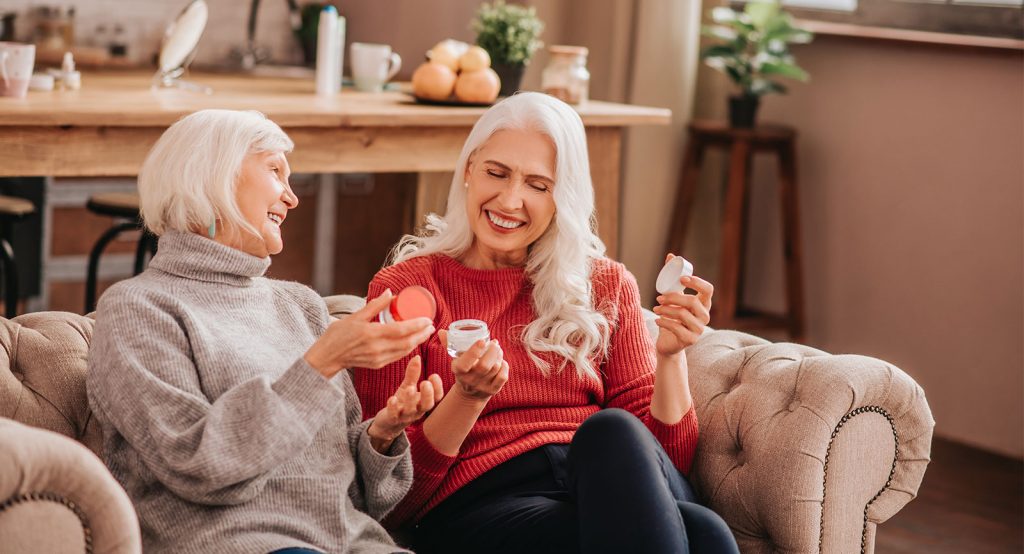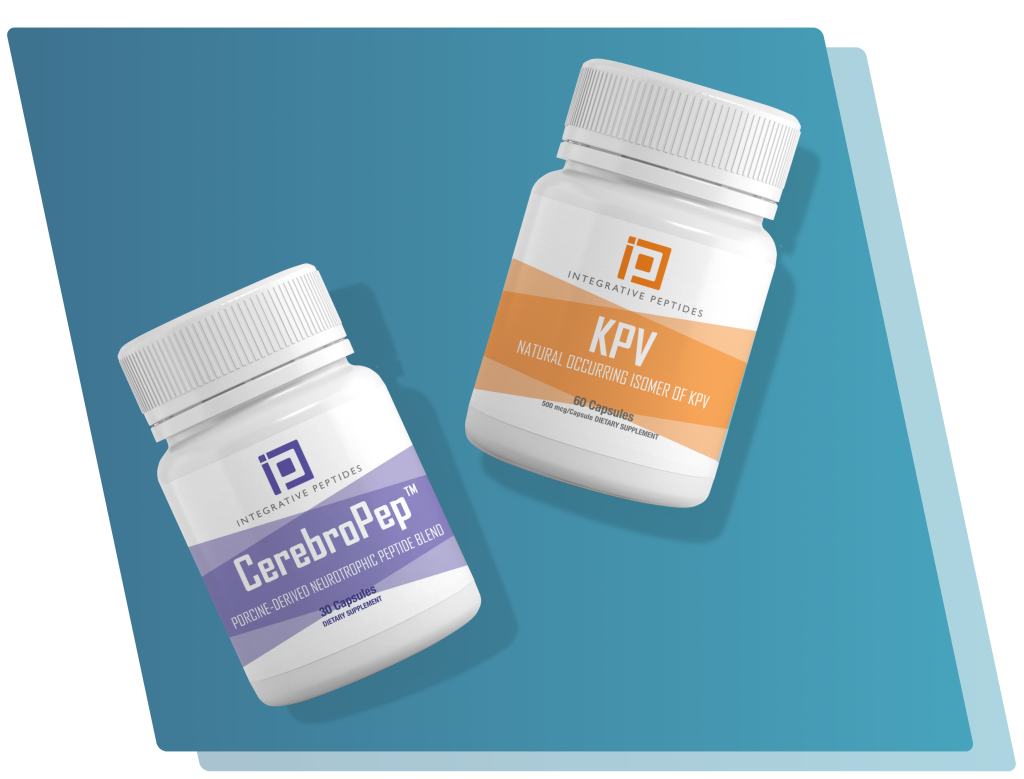
Telomeres are the caps at the ends of chromosomes of DNA. They protect the DNA from damage. As we age, these telomeres get shorter. When they are too short, they turn the cell into an aged unhealthy state known as senescence where they can no longer divide and replenish tissues, or they can even die. It is important to maintain these telomeres so we can replenish tissue when we are older. An enzyme in our cells called telomerase protects telomeres and rebuilds and lengthens them. Studies have shown that mind and body exercises done daily may actually increase our telomerase (1). Some daily practices may even stabilize telomere length whereas others such as stress, inflammation, and poor diet, can actually make the telomeres deteriorate quicker. The rate at which telomeres shorten may be a direct indication of the rate of aging.
Oxidative stress is an imbalance of free radicals and antioxidants in the body which can lead to cell and tissue damage. This occurs naturally and plays a role in the aging process. There are studies showing that telomere length is related to the amount of oxidative stress (3). Smoking, obesity, and high levels of stress are some factors that can lead to increased oxidative activity and a shortening of the telomeres. In contrast, an appropriate diet filled with antioxidants, high fiber, low protein and regular exercise coupled with enough sleep can potentially reduce the rate of telomere shortening.
Reverse aging is a relatively new concept. Whether or not it is entirely possible is another story. Cells are the smallest unit of life. They are first produced as stem calls and then they undergo a process of maturation and/or maturation into specific cells that perform specific functions (4). In 2006 a stem cell researcher discovered that mature cells in mice that had already undergone this development could be reprogrammed to become stem cells by introducing just a few genes. This means they were able to create new stem cells. We are a long way away from having conclusive evidence of this in humans but recently peptides are making a breakthrough in restoring telomere length. Epitalon is a synthetic peptide that acts as a telomerase activator. We know that telomerase is what helps those telomeres stay long, so supplementing with this peptide has been shown to induce telomerase activity (5).
As our cells age, so do our looks. Most people are more concerned with their aesthetic appearance than the inner vitality of their cells. Cosmeceuticals make a killing off of their anti-aging serums and creams. The fact that skin health and beauty is considered one of the factors representing the perception of “health” in humans, several anti-aging strategies have been developed during the last years (6). Antioxidants and cell regulators are the two main groups that can be used as anti-aging cream components. Antioxidants, such as vitamins, polyphenols and flavonoids, reduce collagen degradation by reducing the concentration of free radicals in the tissues. The cell regulators, such as retinols, peptides and growth factors, have direct effects on collagen metabolism and influence collagen production (6). Polypeptides or oligopeptides are composed of amino acids that can imitate a peptide sequence of molecules such as collagen or elastin. Topical application of polypeptides has the ability to stimulate collagen synthesis.
As researchers continue to explore the possibility of reverse aging we need to keep in mind that a healthy interior perpetuates a healthy exterior. By reducing inflammation, eating well, exercising regularly, getting enough sleep, and staying hydrated we can do our best at protecting our cells and our skin.

Subscribe to our website and check back frequently for our latest articles and other information to boost your peptide and supplement fluency.
The information provided on this site is intended for your general knowledge only and is not a substitute for professional medical advice or treatment for specific medical conditions. Always seek the advice of your physician or other qualified health care provider with any questions you may have regarding a medical condition. These statements have not been evaluated by the Food and Drug Administration. This product is not intended to diagnose, treat, cure, or prevent any disease.